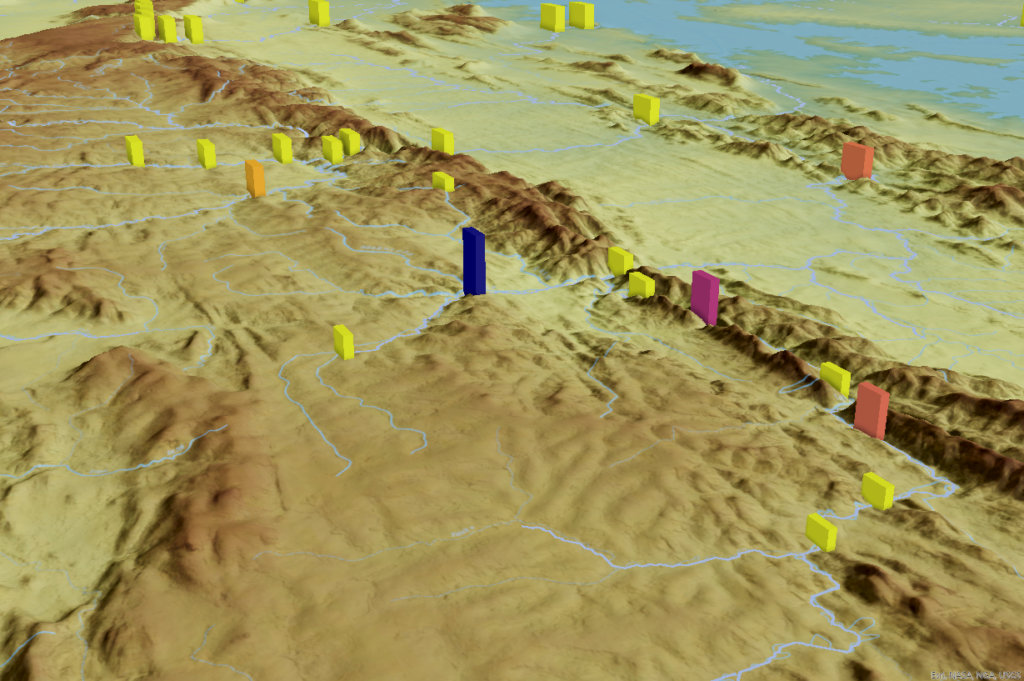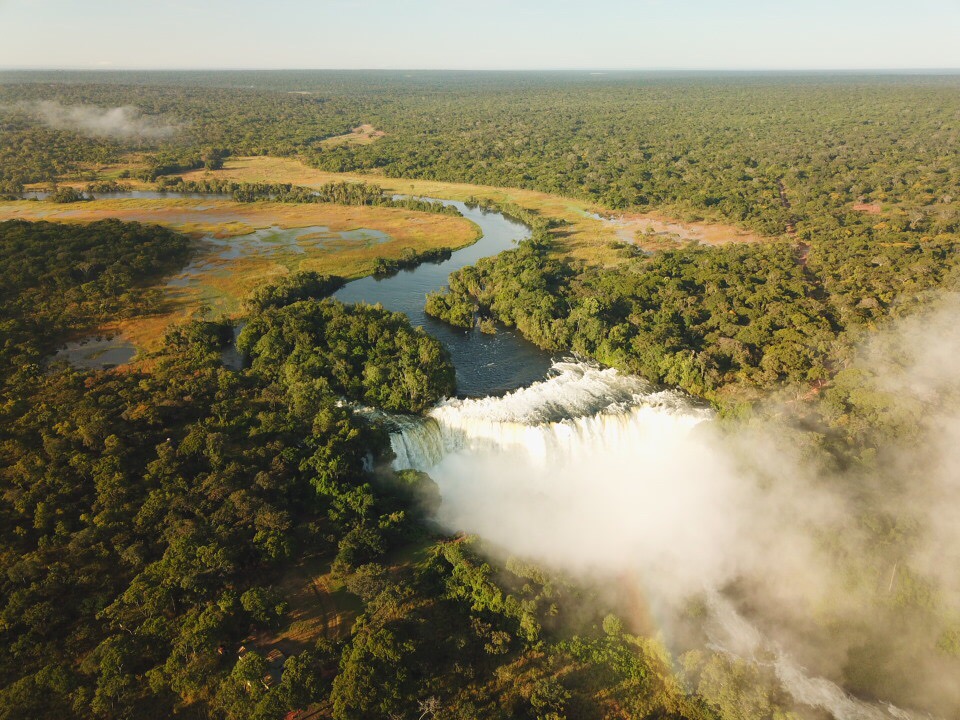Hydro-power Site Selection in East Africa – A Data-Driven Approach
Hydro-power is one of the most reliable and scalable renewable energy sources, generating more than 50% of all renewable energy produced globally. It holds enormous potential for the future of sustainable energy. As promising as hydro-power is, site selection still remains one of the biggest challenges for developers.
Choosing the ideal site for a hydro-power project is far more complex than just identifying a water source. Experts will know that for hydro-power projects to be viable and sustainable, they need to take into account river dynamics, environmental sensitivity, and long-term operational feasibility before a single shovel hits the ground. The wrong location can lead to wasted time, budget overruns, or even project failure.
Relying on limited field surveys or broad estimations leaves developers open to expensive miscalculations or worse. That’s why decision-makers need a defendable, data-driven plan.
When a hydro-power developer in East Africa set out to identify the most viable locations for future projects across multiple countries, they needed a solution that could go beyond basic mapping. They turned to GeoGoose to leverage geospatial modelling and unlock a more precise, efficient, and informed way to select sites.
The Challenge
The client, a hydro-power developer in, needed a watertight way to assess potential sites at scale across multiple countries. Their choice of sites would be determined by:
- Sufficient water volume and flow rates for energy generation – The river/s needed to have a consistent, adequate flow to support sustainable energy output.
- Minimal environmental and ecological disruption – Poor site selection could lead to habitat destruction, biodiversity loss, and regulatory hurdles.
- Accessibility to existing infrastructure and transmission networks—To be operationally sustainable, sites needed to be close to power grids, roads, and workforce.
- Compliance with local and international regulations – Understanding regulatory constraints early in the process prevents wasted time.
Our Approach: Geospatial Modelling for Smarter Decision-Making
To bring accuracy, efficiency, and insight to the site selection process, GeoGoose developed a Hydro-Assessment Atlas, a custom geospatial model designed to evaluate and rank potential hydro-power sites across vast river networks.
This model was delivered in two parts: 1 HydroSync Module, 2 HydroRefine Module.
1 HydroSync Module allowed us to:
- Map entire river basins, analysing millions of potential nodes to identify locations with high hydro-power potential.
- Assess topography, watershed characteristics, and river reach metrics, ensuring that each location meets the necessary conditions for sustainable energy production.
- Rank potential sites based on a weighted scoring system, prioritising locations that balanced energy generation potential with environmental and infrastructural feasibility.
- Long-term operational sustainability – Prioritising locations that would remain viable even in the face of climate change and shifting water patterns.
One of the most valuable aspects of this approach is moving window analysis, which at a basic level, enables complex calculations at regular intervals along drainage lines. Using nodal scoring techniques, sites are objectively scored based on water flow, environmental risk, and accessibility.
Once high-potential locations are identified in the flow optimiser, the sites are filtered and refined in the 2 HydroRefine Module:
- Regulatory and permitting feasibility – Ensuring that shortlisted sites comply with regulatory requirements and international environmental standards.
- Environmental and social impact risks – Factoring in biodiversity concerns, proximity to sensitive habitat, local community impact, and potential displacement risks.
- Layer additional data – Incorporating auxillary critical factors such as existing infrastructure, environmental constraints, and regulatory thresholds to refine site suitability.
This methodology provided the client with an evidence-based, scalable, and highly efficient way to select the best possible sites for development.

The Outcome: Defendable, Data-Driven Site Selection
By leveraging advanced geospatial modelling and incorporating multi-thematic datasets, GeoGoose enabled the client to:
- Shortlist the top 20 most viable sites across multiple countries, significantly reducing the time required for pre-feasibility studies.
- Eliminate unsuitable locations early on, preventing unnecessary investment in evaluating sites that would later face challenges.
- Streamline permitting and compliance, allowing the client to present data-backed site proposals that met regulatory requirements from the outset.
- Optimise long-term sustainability, ensuring that selected sites would remain productive and operational for decades to come.
Instead of relying on guesswork or limited on-the-ground surveys, the client now had a clear, defendable roadmap for future development supported by spatially accurate, real-world insights.
Because when it comes to hydro-power and sustainability, the where is just as important as the how.
Want to see how geospatial intelligence drives smarter site selection?
Contact GeoGoose to learn more.
